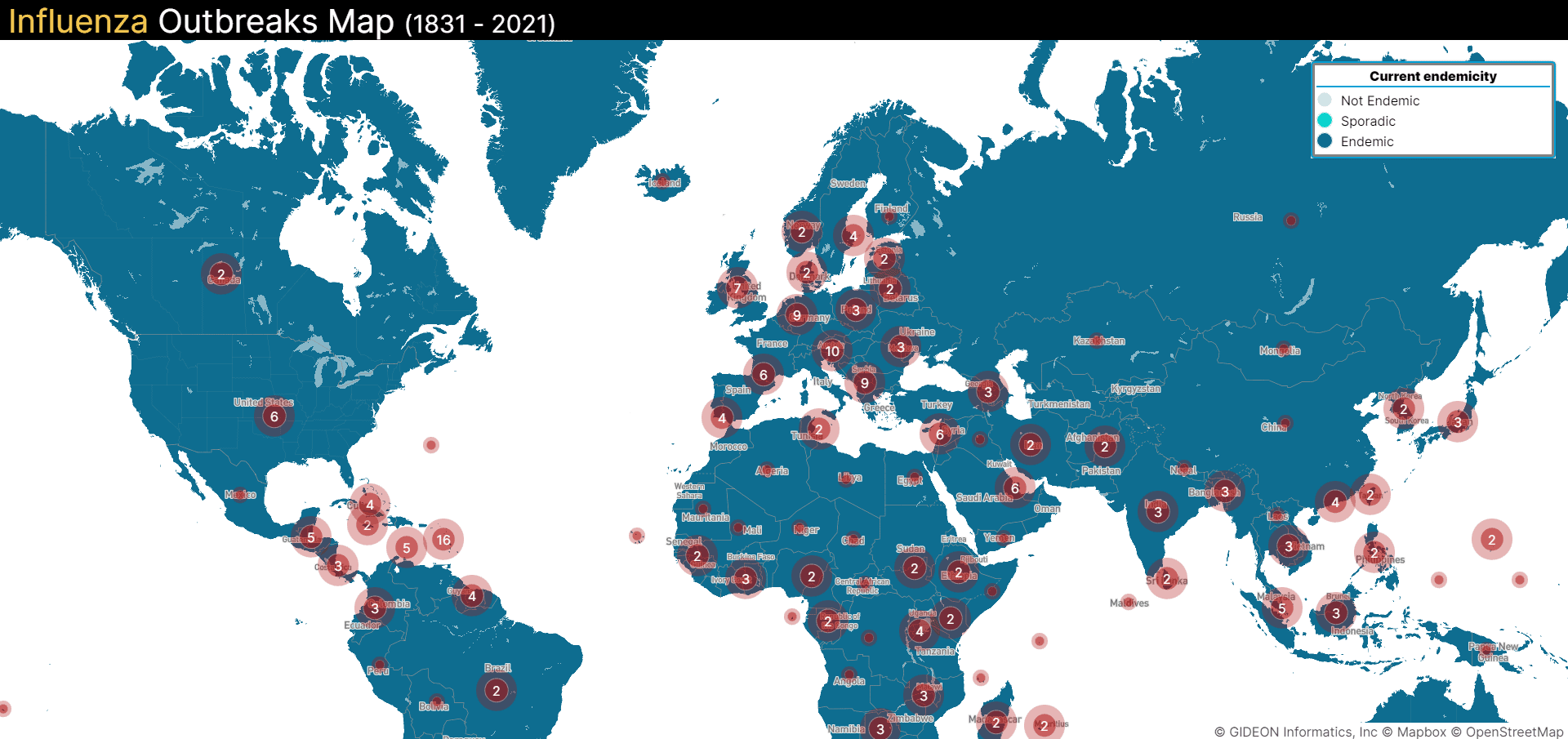History
Influenza was first documented as a pandemic in the 16th century [1]. It was initially thought to be a bacterial infection. In 1892, Richard Pfeiffer, a German scientist, isolated an unknown bacterium from the respiratory secretions of patients with the flu and called it bacillus influenzae [7].
But, the actual causative agent was not clearly known until the early 1930s. In 1933, British virologists Wilson Smith, Christopher Andrews, and Patrick Laidrow isolated the influenza A virus from ferrets for the first time in London [1,8]. Later in 1936, Thomas Francis Jr, an American virologist, isolated the influenza B virus. In the same year, Macfarlane Burnet, an Australian virologist, discovered that the influenza virus could be grown in embryonated hens’ eggs. This discovery provided in-depth knowledge of various characteristics of the virus [1].
This made way for the first inactivated flu vaccine developed by American virologists Thomas Francis Jr and Jonas Salk in 1940. It was developed using fertilized chicken eggs. A couple of years later, in 1942, a bivalent vaccine was developed to protect against both influenza A and B viruses, with support from the US military [9]. It was licensed for general use in 1945 [7]. The discovery of the flu vaccine is considered one of mankind’s greatest discoveries since, even today, most flu vaccines are produced using the same process [9].
